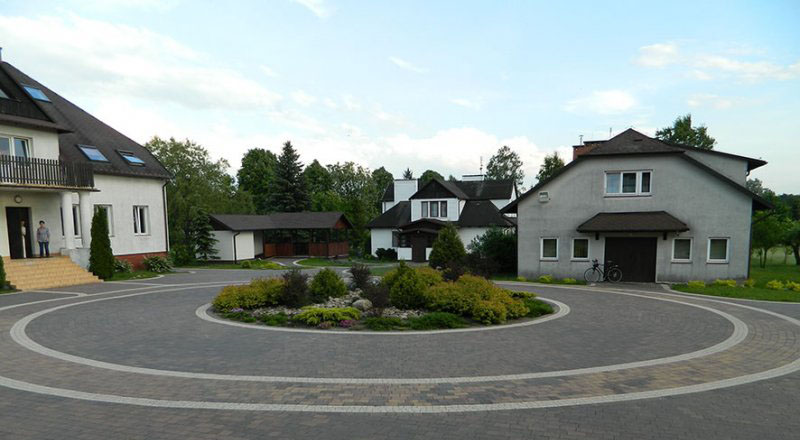 Cittadelle, literally “citadels”, but translated here as “Little Towns,” are small-scale models of society, with sharing among generations, schools, offices, businesses and centers of art. But the first rule of these communities is mutual love among their members. They are cities on a hill, cities of the future, ideal cities – only that they’re real. When you visit them you see concrete and tangible examples of a society healed of rivalry, competition, war, lawlessness and hatred. They are living incarnations of the ideal of a united world, “luminous examples suspended in time” of human communities that look towards a future of peace.
Cittadelle, literally “citadels”, but translated here as “Little Towns,” are small-scale models of society, with sharing among generations, schools, offices, businesses and centers of art. But the first rule of these communities is mutual love among their members. They are cities on a hill, cities of the future, ideal cities – only that they’re real. When you visit them you see concrete and tangible examples of a society healed of rivalry, competition, war, lawlessness and hatred. They are living incarnations of the ideal of a united world, “luminous examples suspended in time” of human communities that look towards a future of peace.
Utopian? It wouldn’t seem so, walking the corridors of the Focolare’s international center in Castel Gandolfo, Italy, where a hundred young people and adults from little cities around the world got together over the week of February 12th. It was the first international gathering of these model cities.
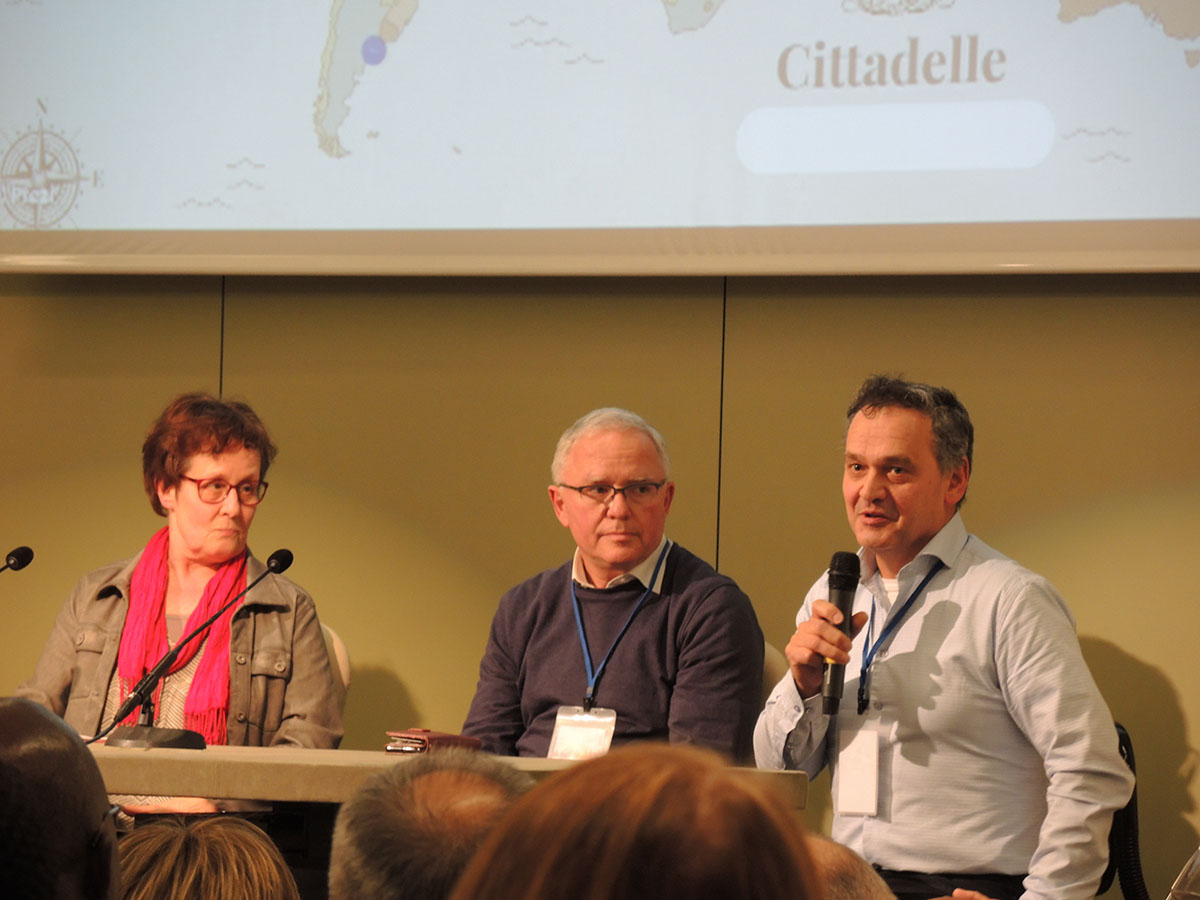 Each has its own story, its own personality that was shaped by the culture and social context in which it grew, with its own number of members, challenges and developments. For example, the Focolare Moviment‘s little town in Thailand is called “Golden Rule” because of a law that is found in every culture and religious tradition: Do unto others as you would have them do unto you. But they all share in common the same inspirational spark, the same strand of DNA that makes them all places of witness, in which it is possible to experience what the world would be like if everyone lived the Gospel, places where God’s invisible presence seems to become visible to human eyes.
Each has its own story, its own personality that was shaped by the culture and social context in which it grew, with its own number of members, challenges and developments. For example, the Focolare Moviment‘s little town in Thailand is called “Golden Rule” because of a law that is found in every culture and religious tradition: Do unto others as you would have them do unto you. But they all share in common the same inspirational spark, the same strand of DNA that makes them all places of witness, in which it is possible to experience what the world would be like if everyone lived the Gospel, places where God’s invisible presence seems to become visible to human eyes.
The presentations were like a trip around the world: from “El Diamante” in Mexico to Tagytay in the Philippines; from Fontem in Cameroon to Curryhills in Ireland; from Ottmaring in Germany to “Faro“ in Croatia; from Hyde Park in the United States to Loppiano in Italy. Together they form a network across the map.
Participants from around the world discussed common issues such as governance, organization, economic sustainability, relationship with the local environment and future plans. One emerging feature is the growing connection with the local environment, both on the professional level (such as the Preset-Participation Project, the Resilience and Employability through Sustainablity Project, and the Entrepreneurship and Training Project at the permanent Mariapolis in Argentina) and on the human and spiritual level through ecumenical and interreligious dialogue.
Young people make important contributions, such as in the innovative management system at Marienkron, Holland
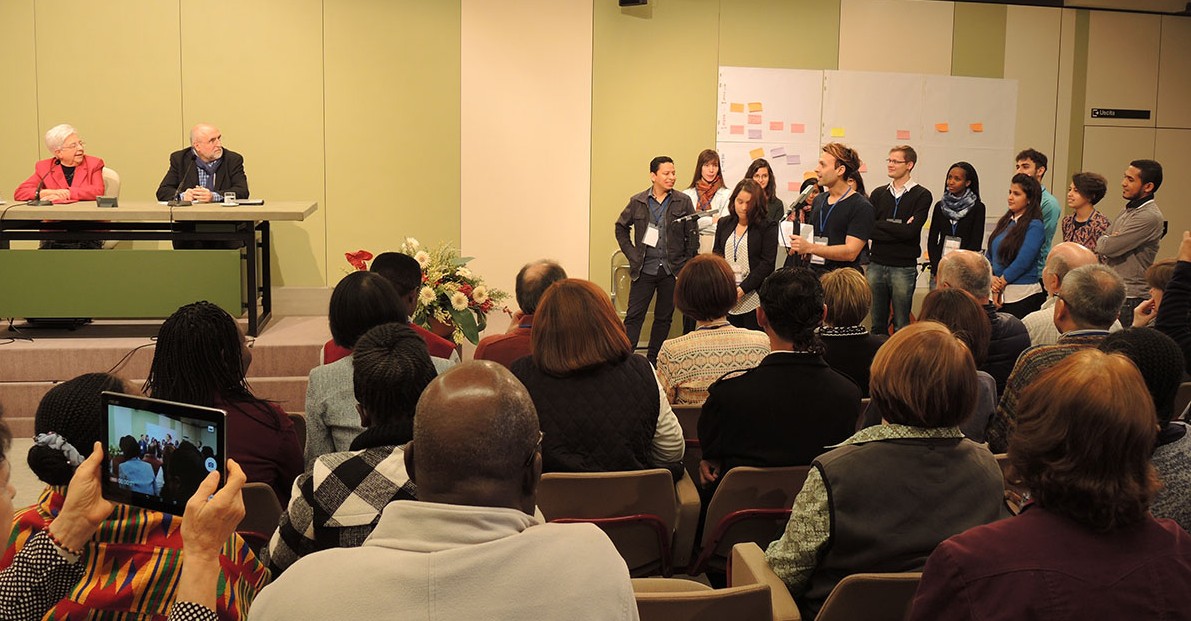 Clara Zonlini and Vit Valtr, who coordinate the Focolare’s permanent Mariapolises around the world, underscored at the close of the week: “A key element for bringing these little cities ahead is an extended form of responsibility. . . . There aren’t any cliques: Each one is complete in itself, with its own identity. And even if some of them don’t have certain elements like schools or businesses, what really matters is the presence of Jesus among the members.”
Clara Zonlini and Vit Valtr, who coordinate the Focolare’s permanent Mariapolises around the world, underscored at the close of the week: “A key element for bringing these little cities ahead is an extended form of responsibility. . . . There aren’t any cliques: Each one is complete in itself, with its own identity. And even if some of them don’t have certain elements like schools or businesses, what really matters is the presence of Jesus among the members.”
What are the future prospects after such and intense and fruitful week together? Clara and Vit: “To return to the original identity of the Mariapolis (city of Mary), to give that specific witness, which is the witness to the whole Work of Mary,” taking part in ecumenical dialogue, interreligious dialogue, and dialogue with every person of goodwill within each local context. “There was also unanimity in the desire to be connected: each little city in sync with the respective Focolare region. These days together have shown the importance of reciprocity and how the experience of one can be of help to the other, often giving important insights into solutions to a possible problem.” So, it’s not a utopia; the place exists. Indeed, at least twenty-five places exist.


 Italiano
Italiano Español
Español Français
Français Português
Português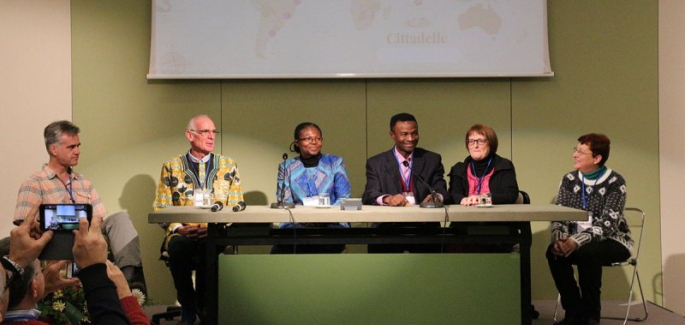
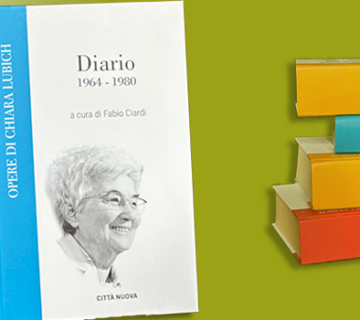
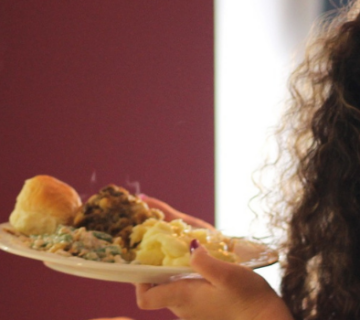
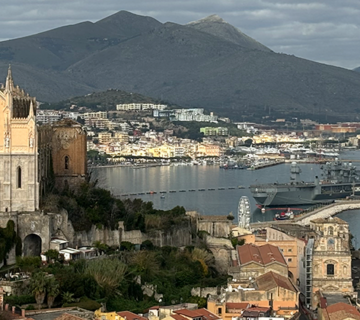

No comment